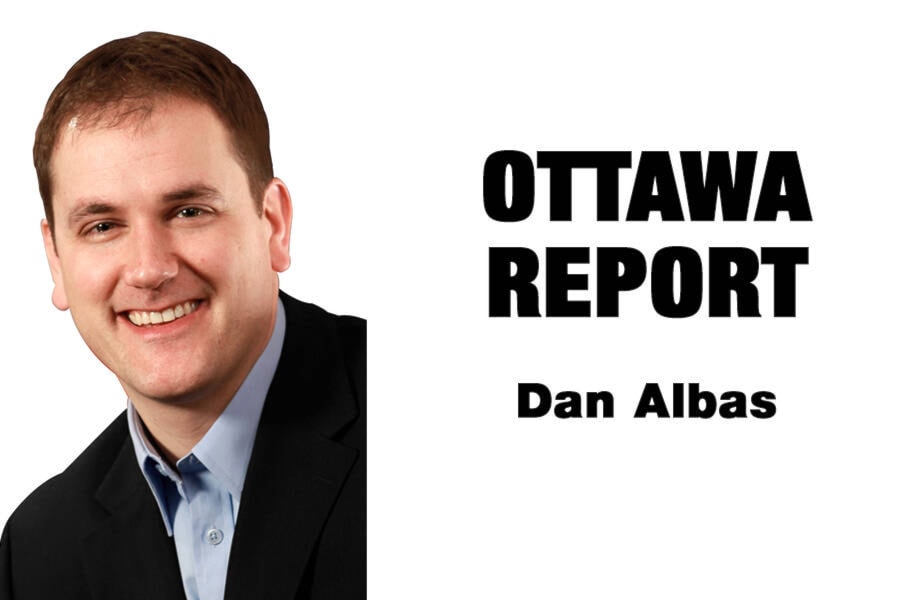In a recent report, I referenced an exchange that I had in June of 2020 with the Minister of Employment, Workforce Development and Disability Inclusion.
In the exchange I was asking the question; “Can the minister please tell us the current balance of the EI (Employment Insurance) account?” As it would turn out I never did receive an answer to that question from the minister in question.
The Parliamentary Budget Officer (PBO) also noticed the Liberal government secrecy around the EI account balance.
The PBO stated: “Given that forecasted EI expenses far exceed projected program revenues, the EI Operating Account is on track for a cumulative deficit of $52 billion by the end of 2024.”
READ ALSO:
READ ALSO:
Why does this matter?
As I pointed out back in my December 2020 report, “by law, the EI premiums that Canadians pay must cover the expenses of the Employment Insurance program. If the expenses exceed the revenue, as is currently the case, the government must, within a seven-year time frame, recover the deficit of EI funds that have been paid out.”
Why mention this now?
As of Jan. 1, 2022, the EI premiums many Canadians pay will potentially increase. Next year, on Jan. 1, 2023, when a two-year freeze on EI increases expires, EI premiums will increase again.
The EI increase for this year is based on the maximum insurable earnings increasing from $56,300 to $60,300. This works out to a maximum weekly EI benefit increase in from $595 to $638 per week.
In turn the maximum annual EI premium will increase to $952.74 as opposed to $889.54 in the previous year.
Next year the EI premiums will start to increase more significantly from $1.58 per $100 of insurable earnings up to $1.83 per $100 of insurable earnings by the year 2027.
Obviously, these EI premium increases mean many workers may have less net take home pay as a result.
At the same time, a recent university 2022 food prices study, prepared by researchers with Dalhousie University, the University of Guelph, the University of Saskatchewan and the University of British Columbia, has forecast that food prices in Canada will increase between 5 to 7 per cent in 2022.
In other words, at a time when many households may see net income drop, the purchasing power of your dollar will be less because of these inflationary pressures.
My question this week: How much are you concerned about this situation?
Dan Albas is the Member of Parliament for the riding of Central Okanagan Similkameen Nicola and the Shadow Minister for the Environment and Climate Change.
To report a typo, email:
news@summerlandreview.com.
news@summerlandreview.com
Like us on and follow us on .



